The climate emergency presents a double challenge for public bodies as they reduce their greenhouse gas emissions and learn to adapt to the already changing climate.


In an ever-changing world, it is essential that individuals are able to access, and act upon, the most relevant information and advice, and no more so than in agriculture.

Streams and rivers in farmland areas often have a degraded morphology due to straightening and run-off pollution (inputs of fine sediment, < 2 mm particle size diameter).
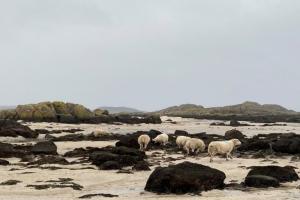
A SEFARI Gateway-funded Specialist Advisory Group brought together a broad range of expertise across key industry stakeholders, Government Policy Leads and relevant SEFARI researchers to discuss livestock health and greenhouse gas emissions (GHG), to prioritise health conditions that have the greatest impact on emis

The importance of ecosystems and biodiversity to human well-being is now well established as they provide benefits such as timber, pollination and coastal protection.
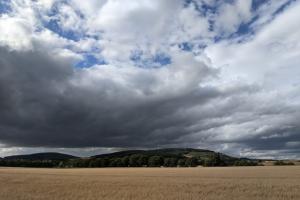
The Scottish Government has committed to legally binding targets to reduce greenhouse gas emissions to net-zero by 2045. This will require a reduction across all sectors of the economy.

Scotland has ambitious strategies for biodiversity protection and climate action with the intention of achieving a greener, fairer and just future.
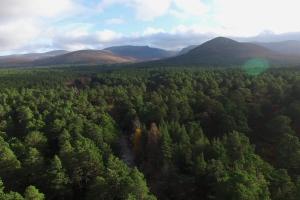
Combining local, contextualised knowledge with generalised, scientific knowledge is seen as best practice in decision making for biodiversity management. However, there is the potential for conflict if these two knowledges do not concur.

Soil biodiversity is critical to ecosystem functioning, but our understanding of the richness and distribution of soil organisms lags far behind that of biodiversity above ground.
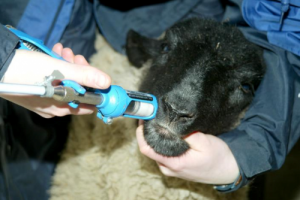
A SEFARI Specialist Advisory Group was established in response to concerns from livestock farmers and agro-ecologists about the adverse environmental impacts of some frontline livestock worming treatments, which reach the environment either in the dung/urine of treated animals or as a result of inappropriate di
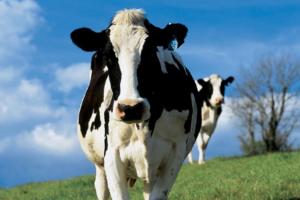
Improvements in the health and productivity of livestock is key for the future sustainability of farming.

The way we manage land and plan land-use change plays an integral role in the efforts for meeting climatic targets and for mitigating and adapting to climate change impacts.

Nature-based Solutions (NbS) have been defined many times, but these definitions can be summarised as “solutions to societal challenges that are inspired and supported by nature”.

This preliminary research explored food and drink innovation and clustering in Scotland’s Highlands and Islands and reviewed potential opportunities for engagement with partners in the Arctic region.
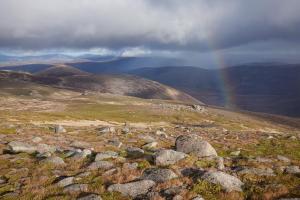
The alpine zone supports some of Scotland’s most natural habitats. Complex topography interacts with snow cover and climate to create gradients in water availability and temperature, resulting in a mosaic of plant communities variously dominated by dwarf-shrubs, grasses, or mosses.

Potato (Solanum tuberosum L.) is one of the world's most economically important food crops and holds major significance for future food security.

The alpine zone supports some of our most natural habitats and provides ecosystem services including carbon storage, nutrient cycling and water quality.

Racomitrium heath is a moss-dominated alpine habitat which is widespread and covers extensive areas in oceanic alpine regions. It is important for the rare bird species that it supports, and the ecosystem services it provides, including carbon storage and regulation of water quality.

In the UK the addition of lime to agricultural land was strongly encouraged by Government subsidy payments to farmers, but since subsidies ceased in the late 1970’s the application of lime has declined with subsequent acidification of many soils.

High throughput sequencing is a powerful tool used to rapidly obtain information about nucleic acids and this can increase our understanding of the biology of a cell and assess changes that may indicate disease.